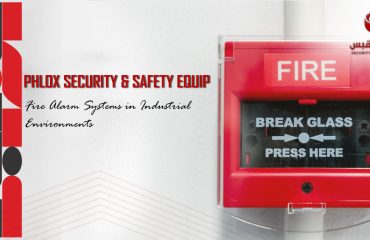
Best Practices to Avoid Fire Hazards in Schools and Kindergartens
Fire safety in schools and kindergartens is a top priority. With young children in these environments, preventing fire hazards and being prepared in case of an emergency can make all the difference. To keep everyone safe, schools and kindergartens must implement fire safety measures that reduce risks. Here are some fire safety tips to ensure a safe environment for students and staff.
1. Conduct Regular Fire Drills and Safety Education to Avoid Fire Hazards
One of the most effective ways to prepare for a fire emergency is by conducting regular fire drills. Schools should perform fire drills at least once a term to familiarize children and staff with evacuation routes. Additionally, incorporating fire safety education into the curriculum helps children understand the importance of fire safety and staying calm during emergencies.
2. Ensure Proper Maintenance of Fire Alarms and Detection Systems
A well-maintained fire alarm system is crucial in any educational facility. Schools should schedule regular inspections of smoke detectors, fire alarms, and sprinkler systems. Testing equipment and replacing faulty components promptly ensures that the system works when needed. Make sure alarms are loud enough to be heard in all areas of the school, including classrooms and outdoor play areas.
3. Maintain Clear and Accessible Exits
In the event of a fire, clear and unobstructed exit routes are essential for the safety of everyone in the building. Ensure that exit doors are not blocked by furniture or stored materials. Exit signs should be clearly visible, and emergency exits must be easy to open and accessible for both children and adults.
4. Store Flammable Materials Safely
Flammable materials, such as cleaning products, paper, and art supplies, should be stored in fireproof cabinets or separate rooms away from heat sources. Keep electrical equipment and cords in good condition, and inspect wiring regularly to avoid overheating and electrical fires.
5. Practice Electrical Safety
Faulty or overloaded electrical systems are common fire hazards. Schools should hire certified electricians to inspect wiring and electrical appliances regularly. Overloaded outlets and damaged extension cords should be avoided. Always ensure that electrical appliances are turned off when not in use to prevent potential fire risks.
6. Provide Fire Safety Training for Staff
All staff members, including teachers, should be trained in fire prevention and emergency procedures. Training should cover fire extinguisher use, basic first aid, and what to do in case of burns or injuries. Having trained staff ready to act in an emergency is essential for keeping children safe.
Conclusion: Fire Safety in Schools and Kindergartens to Avoid Fire Hazards
By implementing these fire safety best practices, schools and kindergartens can significantly reduce fire hazards and ensure a safer environment for students and staff. Prevention and preparation are key to avoiding dangerous situations. With the right measures in place, educational institutions can focus on creating a positive learning atmosphere without compromising safety.
By integrating these strategies, you are not only keeping children safe but also complying with safety regulations that protect both students and staff.

